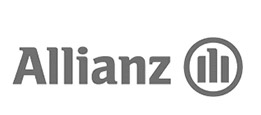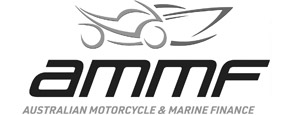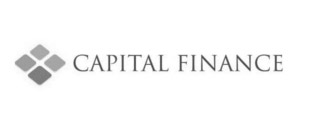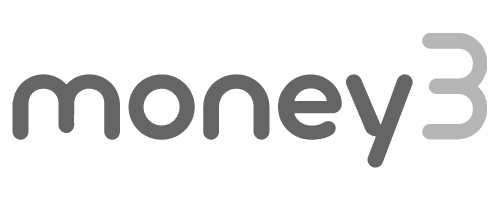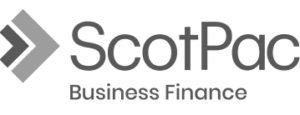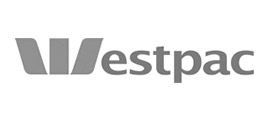As a small-to-medium-sized enterprise (an SME), deciding whether to buy an asset to invest in your business, or keep those funds in the bank can be a source of confusion.
With the end of another financial year upon us, it’s worth investigating the Commonwealth Government’s tax incentives.
Claiming depreciation on your business assets can be complicated, so we’re exploring one of the most attractive tax depreciation incentives for small businesses, i.e. the temporary full expensing.
Temporary full expensing (TFE) incentive explained
This incentive allows eligible businesses to claim an immediate deduction for the business-use part of an asset’s cost. You can claim it in the year the asset is first used or installed, or ready to be used for a taxable purpose.
Full expensing refers to the business portion of an asset’s cost and/or improvements (such as the upgrade of an asset). The TFE incentive does not mean you can automatically claim a deduction for the full asset price in your tax return.
For example, this financial year you may have bought a printer for your small business, but find you’re also using it for non-business matters. If you’re not tallying the pages, aim to make an educated and honest estimate about the percentage of personal printing use overall, then subtract that portion from the asset price you’ll claim on tax.

Who and what’s eligible?
The TFE incentive is only available to eligible businesses, including those:
- With an aggregated turnover of under $5 billion, or
- With a corporate tax entity meeting the alternative income test.
You can use the TFE incentive on business assets that are:
- New
- Second-hand, or
- Improvements to existing ones.
There are conditions on claiming, such as when the asset was acquired, and when it was first used, or installed ready for use. For both new and second-hand assets they must be first held, first used, or installed ready for use for a taxable purpose, between 6 October 2020 and 30 June 2023.
Where the asset is second-hand, the eligible entity’s aggregated turnover must also be less than $50 million. Refer to the ATO’s website for more information.
More guidance
While the TFE incentive may sound simple, there’s more to it. As an eligible SME, you may need more financial guidance on how it interacts with:
- The instant asset write-off scheme
- Backing business investment rules
- Other areas of income tax law.
The ATO’s website has these details and links for more information.
Be sure to seek tax and financial advice for your unique business circumstances to calculate your deduction and see how it could impact your cash flow or finances in the short term. If that advice supports your decision to invest in assets, reach out to your broker for tailored finance options to suit your needs.
This information is for general information purposes only. The information contained herein does not constitute financial or professional advice or a recommendation. It has not been prepared with reference to your financial circumstances or business and should not be relied on as such. You should seek your own independent financial, legal and taxation advice as to whether or not this information is appropriate for you.
This article was originally published by oneaffiniti







